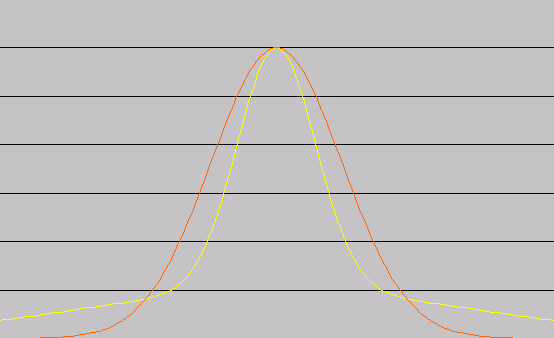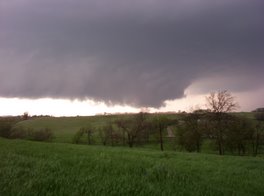Group decision-making can be extrapolated to market behavior as we're essentially talking about an environment which facilitates autonomous decision-making. In this environment, the actor participating in the system has autonomy to make decisions (as outlandish as they may be), and derives benefit or consequence from this contribution.
One of the more notable aspects of market/group behavior from the perspective of a risk manager is that the behavior of a market or group tends to be the most likely to end up approximating a normal distribution. Contrast that distribution with the excessively leptokurtic distributions found in command economies and a risk manager finds market dynamics to be his primary friend in keeping risk manageable. History is ripe with examples. Khrushchev's infamous corn program, which originated in my home state of Iowa, Hitler's selection of highly speculative weaponry (including missiles, jets and heavy-water nuclear weapons) at the expense of more traditional and demonstratively successful conventional weapons advocated by his generals, Ireland's consolidation on a primary variety of potato and countless other examples illustrate the cost of command-economy decisions.
Why is it that command economies often facilitate the perfect storm? As my 14-year-old son can recall from a few too many History channel episodes his dad forced him to watch, it takes more than one mistake to create a catastrophe. Command economies suffer at least three "mistake coefficients":
- Poor information: command decision-makers are at a serious disadvantage to a market in obtaining and assessing information. Personal bias alone screens considerable useful data and distorts the process. Political dynamics, including the preference of information from favorite subordinates (versus reports by difficult, annoying and antagonizing employees who just don't know how to put the right polish on things like a valued counterpart of mine), prospect theory dynamics, irrational risk aversion and other factors all come into play to distort even the most objective manager's ability to correctly assess a situation.
- Homogeneous solutions: Command decisions often focus on a single approach to a problem, such as the decision to unilaterally grow corn, to ban handguns owned by law-abiding citizens (one can't ban the possession by those who circumvent the system), to grow one variety of potato, or to select a particular information technology vendor as the exclusive solution-provider (e.g. Microsoft). When a threat breaks out, it becomes horribly difficult to control as natural resistance that should slow the fire's spread have been removed through the homogeneous structure. If you doubt the significance of this effect, spend a weekend in greenhouse school and learn about micro-cultures as my son and I did. Then try applying your "natural" organic philosophy in this terribly unnatural environment and discover how viruses, bacteria and pests quickly dominate your micro-culture.
- Inflexible response: In spite of their great enthusiasm and confidence, command-economy leaders suffer an inevitable response lag as compared to market participants. While someone in the normal distribution of the market has inevitably conjectured the real risk (due to likely paranoid outlier behavior that for once in their life pays off), our command-economy decision-maker is a natural laggard. Confident in their original assessment, they're one of the last to abandon the false premise, inviting liquidity risk in to do its damage. By the time the brilliant manager realizes the fallacy of his/her assumptions, markets are illiquid, corn crops are frozen and campus students are dead.
So what's the point from an operational risk perspective? Given the structure of corporate decision-making, it is probable that many of us encounter environments that are little different from the flawed command-economy models which are highly associated with catastrophic loss and failure. Decisions are made lacking information, typically select homogeneous outcomes due to vendor preference or simply a fear of complexity, and inevitably suffer inflexibility in response.
An appropriate solution given the premise may be a market-oriented risk management model, something which I've been working on for some time but certainly classifies as more conjecture than solution at this point. In the mean time, we all need to work on the those three factors identified and reduce their severity as much as possible.
Thoughts? Feedback is certainly welcome.
Jamie
 Image source: www.trade-ideas.com
Image source: www.trade-ideas.com